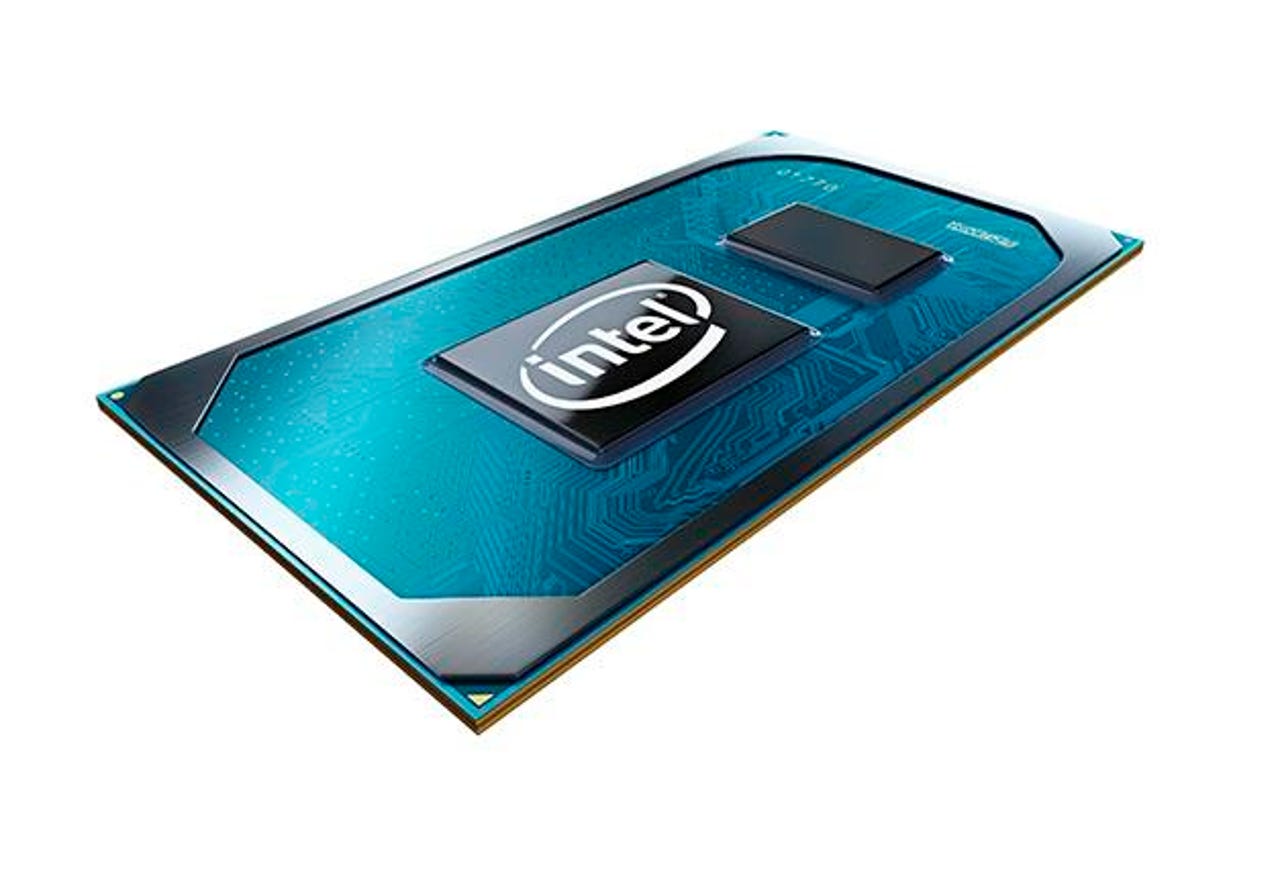CES 2020: Intel previews Tiger Lake mobile processors and discrete GPU


Intel has offered a first look of its newest Intel Core mobile processors, code named Tiger Lake.
Showing off Tiger Lake during the company's keynote at CES in Las Vegas on Monday, Intel executive vice president Gregory Bryant said the new processor will deliver "double digit performance gains", "massive" artificial intelligence performance improvements, better graphics performance, and 4x the throughput of USB3 with the new, integrated Thunderbolt 4.
Built on Intel's 10nm+ process, Tiger Lake boasts optimisations "spanning the CPU, AI accelerators, and discrete-level integrated graphics based on the new Intel Xe graphics architecture," the company said.
The first Tiger Lake systems are expected to ship later this year.
Intel also offered a preview of the first Xe-based discrete GPU, code named DG1, with Intel vice president of architecture for graphics and software Lisa Pearce saying the new Intel Xe graphics architecture will provide "huge performance gains" in Tiger Lake.
On Project Athena, Bryant said Intel has verified 25 laptops to "deliver fantastic system-level innovation and benefits spanning battery life, consistent responsiveness, instant wake, application compatibility, and more".
Bryant announced an expanded partnership with Google that has already resulted in the first two Project Athena-verified Chromebooks, the ASUS Chromebook Flip (C436) and the Samsung Galaxy Chromebook.
Intel expects to verify 50-or-so more designs across Windows and Chrome this year and deliver a target specification for dual-screen PCs.
CES 2021
Also previewed was Intel's latest concept device, Horseshoe Bend.
The Horseshoe Bend is a foldable OLED device, based on Tiger Lake mobile processors. The design, Bryant said, is similar in size to a 12-inch laptop with a folding touchscreen display that can be opened up to more than 17 inches.
Intel executive vice president Navin Shenoy meanwhile announced that the new 3rd Generation Intel Xeon Scalable processors will include new Intel DL Boost extensions for built-in AI training acceleration.
Due in the first half of this year, Shenoy touted the new processors as providing up to a 60% increase in training performance over the previous family.
Opening the keynote, Intel CEO Bob Swan discussed his company's plans to infuse intelligence across the cloud, network, edge, and PC.
"Everything acts more and more like a computer," he said, noting Intel was focused on "relentless innovation to bring things to life".
Swan said 5G, AI, and intelligent edge are the three technologies that will shape the future, but said they are not standalone technologies.
"Our role is to fuse silicon technology and software at the core of each one of these technologies," he said.
He also announced a handful of customer wins, with the first seeing the chip giant help the American Red Cross with its Missing Maps project.
The Missing Maps project uses AI to map vulnerable populations in developing nations to aid with disaster preparedness.
Throughout 2019, Intel data scientists built a computer vision model that could identify previously unmapped bridges and roads on satellite images from Uganda.
"As someone who's been on the ground with the Red Cross, having access to accurate maps is extremely important in disaster planning and emergency response," co-founder of Missing Maps and CEO of American Red Cross Cascades Region Dale Kunce said.
"But there are entire parts of the world that are unmapped, which makes planning and responding to disasters much more difficult."
Netflix is also utilising the latest video compression technology, AV1, to enhance its media streaming services; the Olympic Games Tokyo 2020 will showcase 3D Athlete Tracking, expected to provide near real-time insights and visualisations to viewers; and the NFL also popped on stage to demonstrate the streaming capacity it now has thanks to an Intel partnership.
See all of our sister site CNET's CES coverage here.
MORE FROM INTEL
- Intel Xe GPUs are here with Ponte Vecchio launched at SC19
- Intel unveils next-gen Movidius VPU, codenamed Keem Bay
- Intel unveils Element device for modular PC builds
- Intel to launch 2nd gen Optane DC persistent memory 'Barlow Pass' next year
- Intel says manufacturing is sexy again
- Intel's 'Horse Ridge' control chip may make quantum computing more viable, scalable